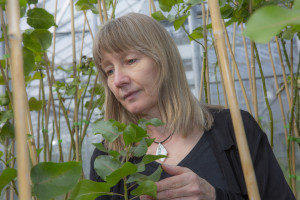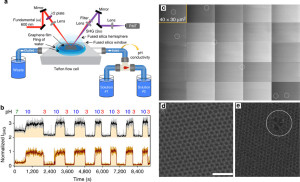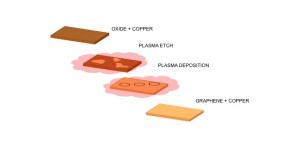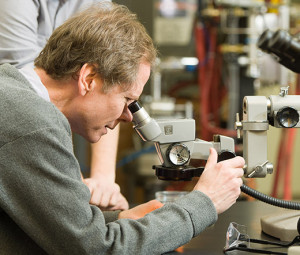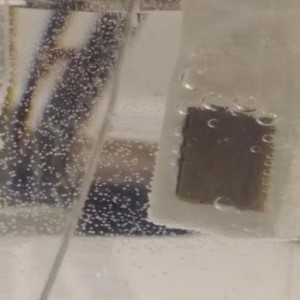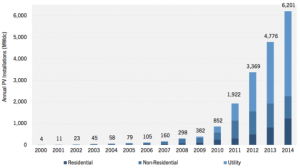 Recently, I had the opportunity to visit the Energy Department’s National Renewable Energy Laboratory (NREL) for an alumni meeting of the Executive Energy Leadership Academy (Energy Execs), a program that empowers executives to integrate clean energy solutions in their own communities.
Recently, I had the opportunity to visit the Energy Department’s National Renewable Energy Laboratory (NREL) for an alumni meeting of the Executive Energy Leadership Academy (Energy Execs), a program that empowers executives to integrate clean energy solutions in their own communities.
Since its inception, more than 200 representatives of industry, government and non-profit organizations have completed the Energy Execs program, delivered through the Executive Energy Leadership Academy. In 2014, I participated in the abbreviated program which offers decision-makers a look at renewable energy and energy efficiency technologies. As part of the experience, we received briefings by NREL technology experts, research laboratory tours and visits to renewable energy installations.


